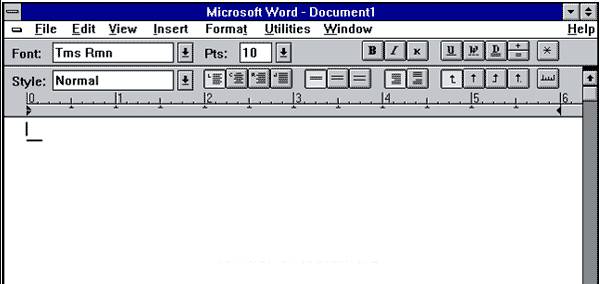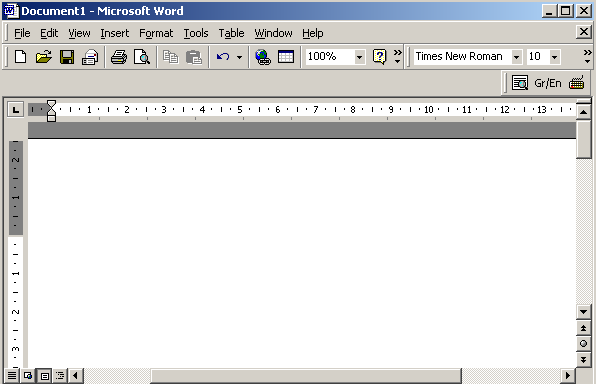Microsoft Office has been a staple in the business and personal computing world for over three decades. From its early beginnings as a simple productivity suite, it has grown into a comprehensive toolset that helps millions of users worldwide create, collaborate, and communicate more effectively. In this blog post, we will show the History and Evolution of Microsoft Office.
Early Days of Microsoft Office
Microsoft Office was first introduced in 1989 as a suite of applications including Word, Excel, and PowerPoint. Initially designed for MS-DOS, these applications offered basic word processing, spreadsheet management, and presentation tools. The simplicity and versatility of these early versions made them a hit among business professionals and educators.

The Rise of Windows and Office Integration
With the release of Windows 95 in 1995, Microsoft Office became fully integrated into the Windows operating system. This era saw significant improvements in usability, design, and performance. New features like VBA (Visual Basic for Applications) were added, enhancing automation and customization capabilities.
The Launch of Office 2000
The turn of the millennium brought Office 2000, marking the transition from simple desktop applications to a more connected experience. Features like improved collaboration tools and better integration with other Microsoft services started to take shape. Office 2000 also introduced enhanced security features, keeping users’ data safer than ever before.

The Shift to Cloud and Office 365
In 2011, Microsoft introduced Office 365, a subscription-based service that allowed users to access their favorite Office applications from anywhere, on any device. This shift to the cloud transformed how businesses operate, providing real-time collaboration, cloud storage, and seamless integration with productivity tools.
Continued Innovation and Modernization
Today, Microsoft Office continues to evolve with advanced features such as artificial intelligence, advanced data analytics in Excel, and more intuitive collaboration in tools like SharePoint and Teams. The focus on accessibility, security, and user experience ensures that Office remains at the forefront of productivity software.

From its early days as a simple suite of productivity tools to a sophisticated ecosystem of applications integrated into the modern digital workspace, Microsoft Office has truly come a long way. Its continuous innovation makes it a trusted solution for both personal and professional use.
Get the cheapest Office keys for seamless productivity at an unbeatable price!


